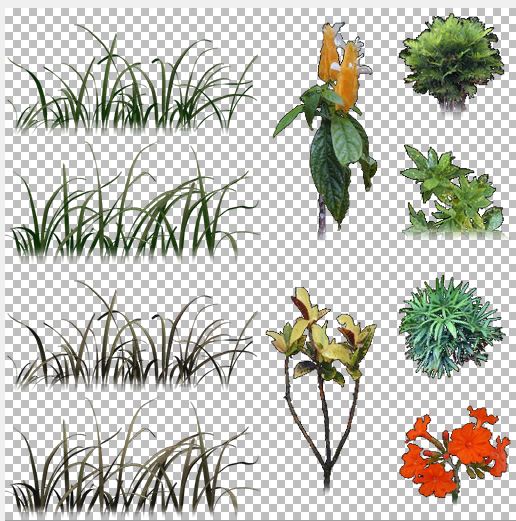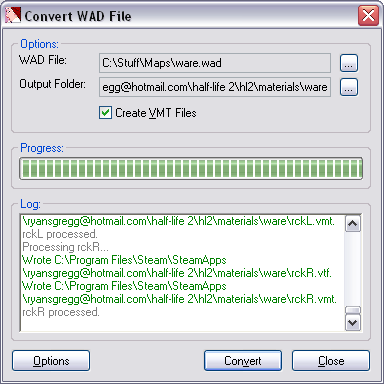

Source materials need slightly more light information in diffuse than PBR, so it's a good idea to multiply AO and also in some cases overlay a Light node on top of Diffuse.Lots of people have been asking me to make these for ages so i decided to make it out of crappy step by step gifs.Īfter finding the center using the pencil tool set to black and smallest size draw a 4 pixel square N is the hotkey for pencil change sizes - set it to smallest because it is 64圆4 it won't have a single pixel as the center. To export the textures ready to use in source you can use the RGB-A Merge to add envmap mask or specular mask to either Diffuse or Normal outputs. You can also right click drag the node onto the 3d view.

You can view the textures in 3d view by right clicking and selecting "View in 3D View" and selecting the appropriate channel. Make a new substance using the standard template. Add a Fill layer on top of your stack with Diffuse and Specular channels with your AO texture and set tem to multiply to get nicer looking reflections and more defined shapes. You can use a Glossiness channel or a slider depending on "Use Glossiness Channel" checkbox. Specular controls the power and Glossiness controls the hotspot size.

Specular highlight is controlled by Specular and Glossiness channels. Base template contains the most commonly used channels, while the extended template provides all the channels that the shader can use.Ĭubemap shiny reflections are controlled by Specular or User0 Envmap Mask channels, depending on whether "Use Specular Channel" is checked. You can download templates and export presets here. You can select your preferred mipmap filter. You can specify your own texture suffixes and enable auto renaming. Open options to change how VMT Editor behaves. Editing materials is divided into groups you can add from the Add To add textures to your material you can click on the Browse button next to the appropriate text box, or you can drag and drop your textures directly into the box. This should be the folder with the file "gameinfo.

Click on Add button, then type in a name and browse for the game installation folder. Select a game from the game menu and you can start working. It should automatically detect Source games you have installed. Generate a blend tool texture for your blend material. Every imported material is validated for missing textures, mismatching parameters or missing brackets. Commonly used groups and shaders are just a click away. Material parameters are arranged in groups that you can add to your material, like Reflection or Specular.


 0 kommentar(er)
0 kommentar(er)
